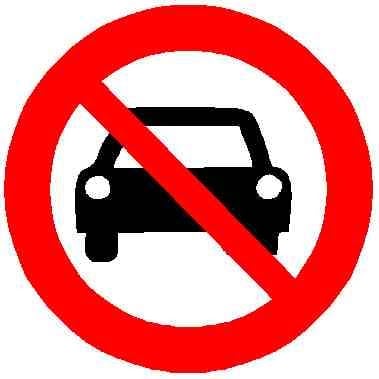… [A]chieving Vision Zero still needs a level of political courage and determination rarely seen in the Bay Area. At rallies, politicians always claim “one life lost is too many,” but then flounder when it’s time to back that up with a serious street intervention or far-reaching regulations. Perhaps the most obscene examples of this were Governor Newsom’s decision to veto Scott Wiener’s speed-governor bill last year, or Supervisor Myrna Melgar’s sabotage of a safety plan in West Portal after a family of four was wiped out by a reckless driver. My fear is that cities will install speed cameras and celebrate the marginal safety improvements, allowing the politicians to declare victory. In reality, speed cameras should be viewed as the least a city can do, not the most.


It’s so crazy to me that the concept of speed cameras is something that is still discussed in the US. Here in Europe we’ve been through this discussion half a century ago, and the consensus is super simple:
Any discussion apart from that either comes from a place of massive ignorance (“We are surely the only place to ever try speed reduction measures”) or from bad faith (“I don’t want to pay fines for speeding so I argue that only expensive and slow to implement architectural changes are acceptable solutions, because they won’t be implemented anyway.”)